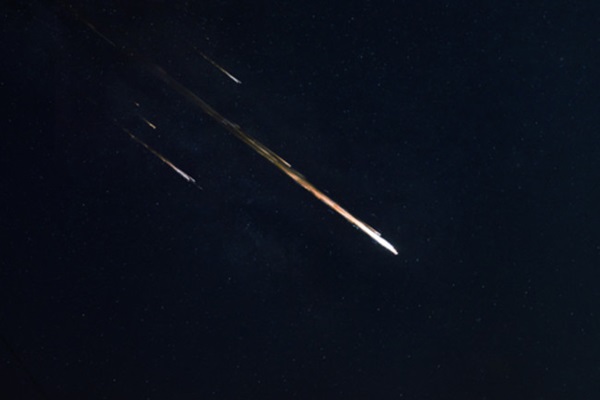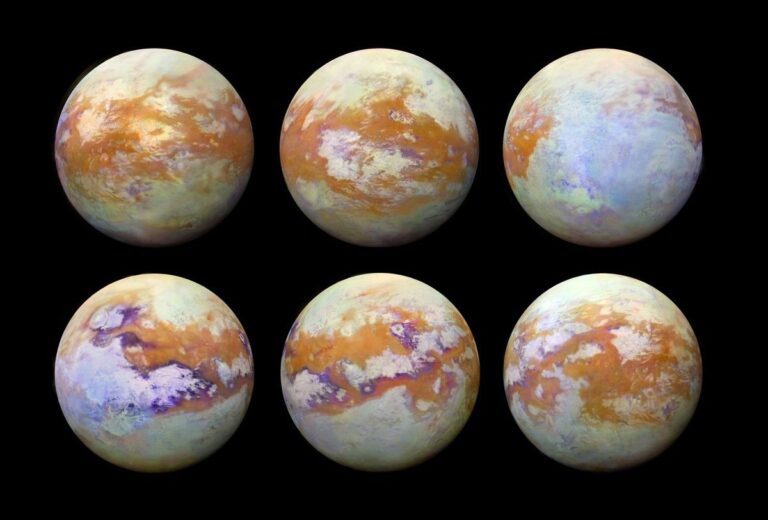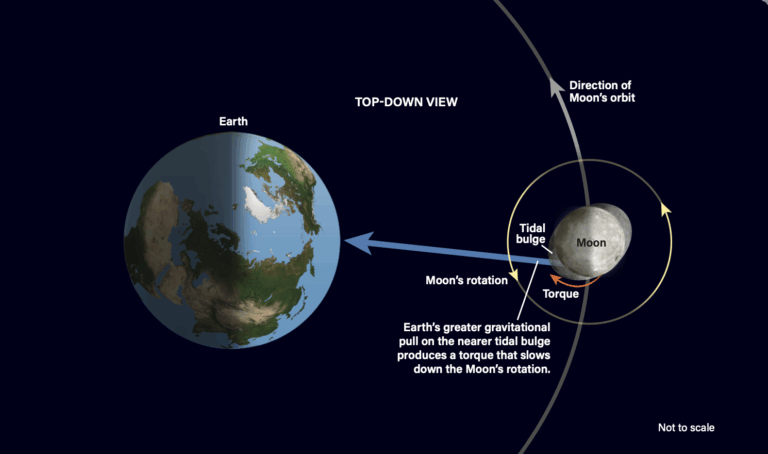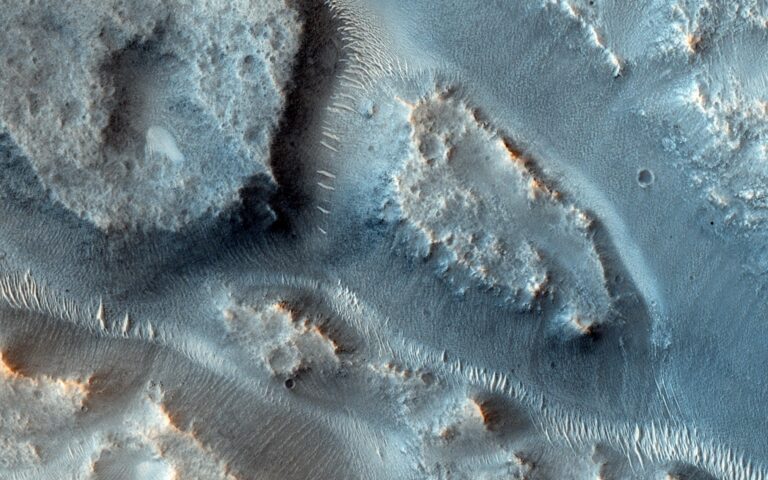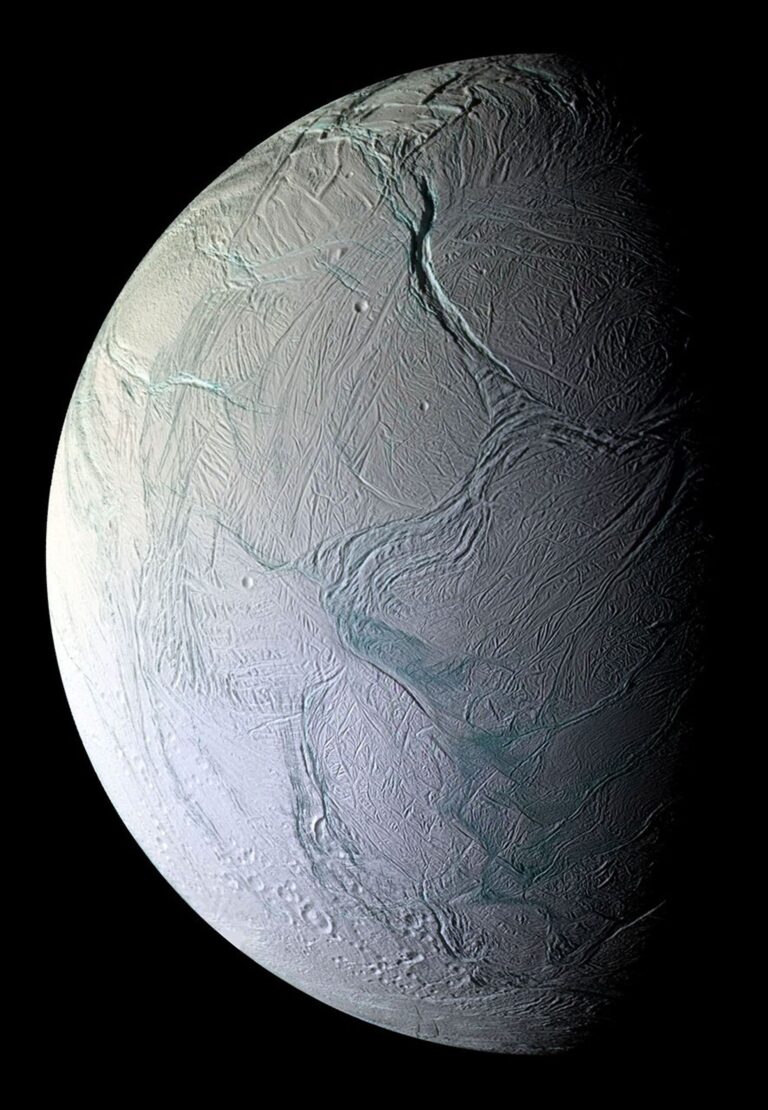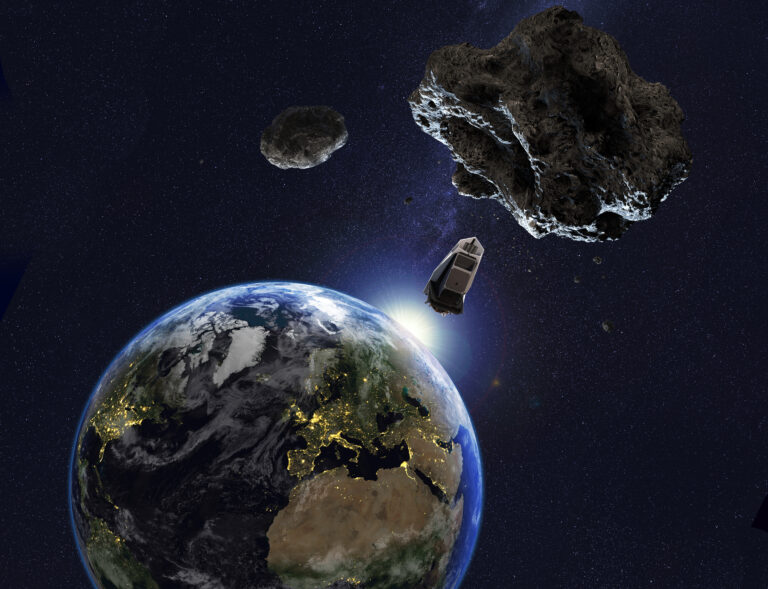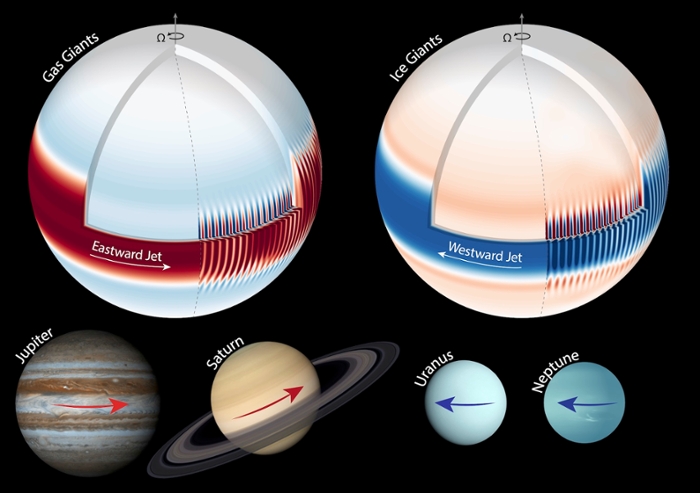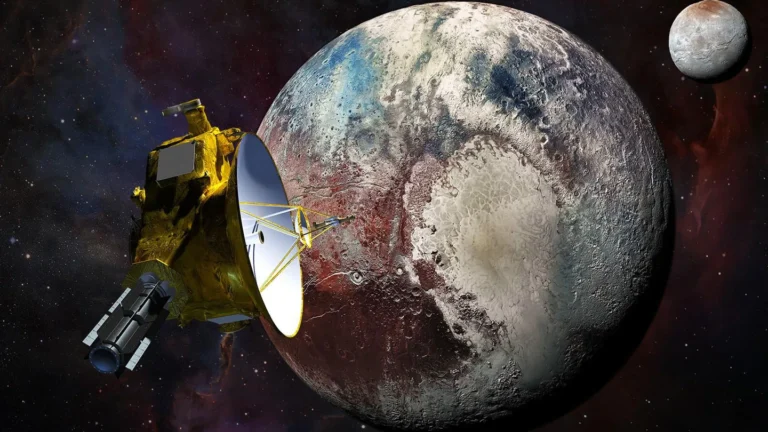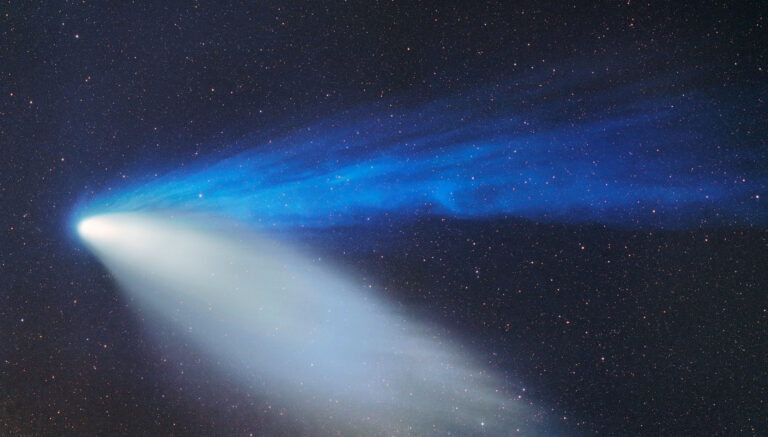Key Takeaways:
The Moon is probably not Earth’s only natural satellite right now. Our planet’s gravity regularly captures small space rocks and pulls them into orbit. Astronomers estimate that there’s probably a 1-yard-wide “minimoon” orbiting Earth at any given time.
And now, a team of researchers in Australia think they actually spotted one burning up in Earth’s atmosphere in 2016 as a particularly bright meteor, or fireball. It’s only the second fireball that scientists suspect came from a minimoon. The team presented their findings in a recent paper published in The Astronomical Journal.
The minimoons next door
Astronomers haven’t had much more luck finding minimoons in orbit, either. So far, scientists have just spotted one while it was still circling Earth. Starting in 2006, a tiny asteroid called 2006 RH120 stuck around for about 11 months before leaving the Earth-moon system.
However, researchers expect they’ll find more of these temporary moons in the coming years. The upcoming Large Synoptic Survey Telescope (LSST) will create regular maps of the night sky, turning up faint and transient events in its surveys.
Though rare, minimoons are so appealing to researchers because they are the closest space rocks to Earth.
“Minimoons are really awesome because they are the most accessible object to get to from Earth in the solar system,” Shober said. This means it will take less energy or fuel to reach these objects than it would for other space rocks — whether for sample return missions, tests of asteroid redirection technologies or resource mining.
Finding Fireballs
Australia’s Desert Fireball Network is a group of automated cameras that constantly watches the skies for fireballs and captures their flight paths on camera. Researchers use this information to calculate the objects’ trajectories and see where a meteorite may have hit the ground. They can also use the data to estimate the fireball’s path before entering Earth’s atmosphere, as researchers did for the new paper.
But it’s still far from easy to find minimoon fireballs.
“It is an extremely rare event that only the largest fireball networks in the world would have a chance of observing,” said Patrick Shober, a planetary scientist at Curtin University in Australia and an author of the new paper.
Read More: What if the Moon Disappeared Tomorrow?
Of the fireballs their network has observed, this is the only one suspected to have come from an object that was in orbit, the paper’s authors said. And it’s also only the second probable minimoon fireball ever spotted. The first was detected by a similar fireball-monitoring network in Europe in January 2014.

